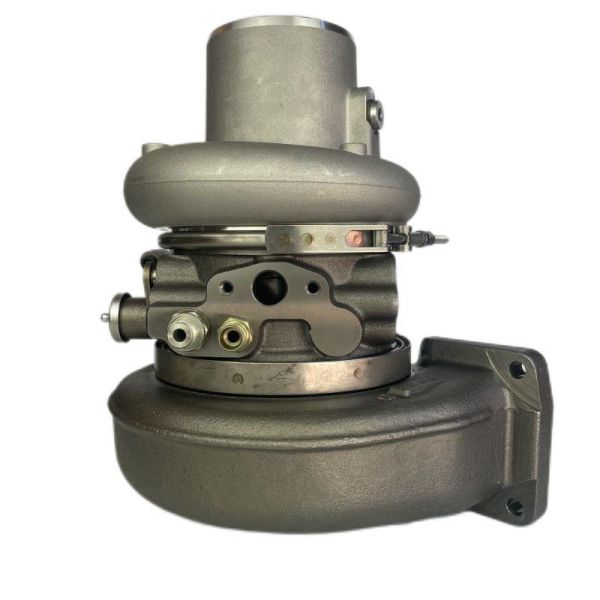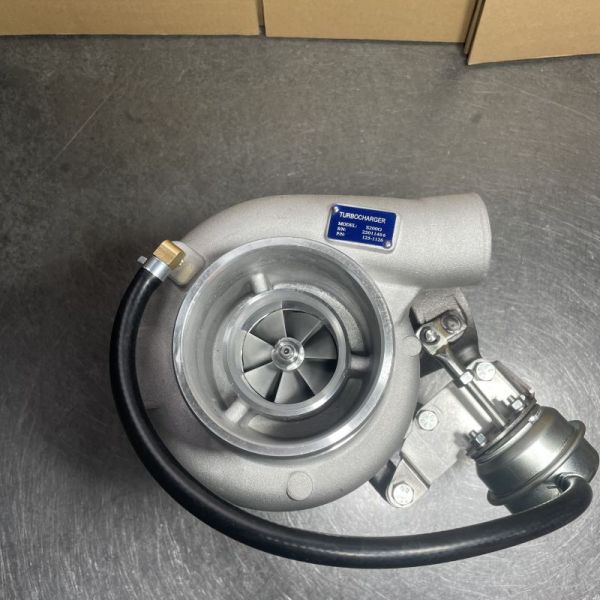At what rpm does the turbocharger intervene?
Automotive turbochargers are technologies that use the exhaust gases of an internal combustion engine to drive air compression, allowing small engines to have the magic of larger engines. So at what speed of the car engine, the turbocharger will intervene?
Car turbocharging usually kicks in at 1500 rpm.
In the early days, the turbocharger required the engine to turn over 2000 rpm to intervene, so there was a phenomenon of turbo lag. At present, the speed required for turbocharger intervention is very low, generally around 1500 rpm.
In fact, the specific intervention of turbocharging is related to the displacement. The larger the displacement, the lower the intervention speed. For example: 1.4 displacement is around 2000 rotations, 1.8 displacement is around 1500 rotations, 2.0 displacement is around 1000 rotations.
The main function of turbocharging is to increase the air intake of the engine, increase the power and torque of the engine, and make the car more powerful. After installing a turbocharger on an engine, its peak power has increased by more than 40% compared to that without a supercharger. When the turbo intervenes, the power output will be stronger and more push back. This is the way to judge whether the turbo intervenes.
In addition, turbocharged vehicles can burn fuel more perfectly in the engine cylinders, thereby improving fuel economy and reducing exhaust emissions. Maintaining a stable air pressure on the plateau continues to work, and the relative stability is relatively high.
Fengcheng Kunyu Turbocharger Co mainly produces various types of turbochargers and their accessories, such as: Turbocharger TD07S0, Turbocharger TO4E35 2674A080, Turbocharger S3B 118-2284,Turbocharger J60S 13030850KH43, etc., looking forward to your consultation.


